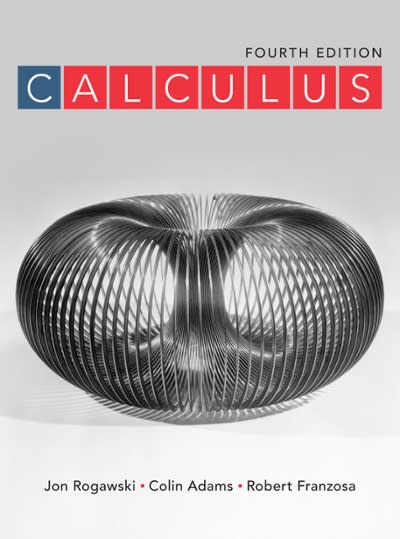Answered step by step
Verified Expert Solution
Question
1 Approved Answer
Indicators: Let A be an event, and let IA be the associated indicator random variable: IA (w) = 1 if w belongs A , and
Indicators:
Let A be an event, and let IA be the associated indicator random variable: IA (w) = 1 if w belongs A, and IA (w) = 0 if w doesn't belong to A.
Similarly, let IB be the indicator of another event, B. Suppose that, P (A) = p, P (B) = q, and P (A union B) = r.
1. Find E [(IA - IB)2] in terms of p, q, r.
2. Determine Var (IA-IB) in terms of p, q, r.
Attachment:

Step by Step Solution
There are 3 Steps involved in it
Step: 1

Get Instant Access to Expert-Tailored Solutions
See step-by-step solutions with expert insights and AI powered tools for academic success
Step: 2

Step: 3

Ace Your Homework with AI
Get the answers you need in no time with our AI-driven, step-by-step assistance
Get Started


